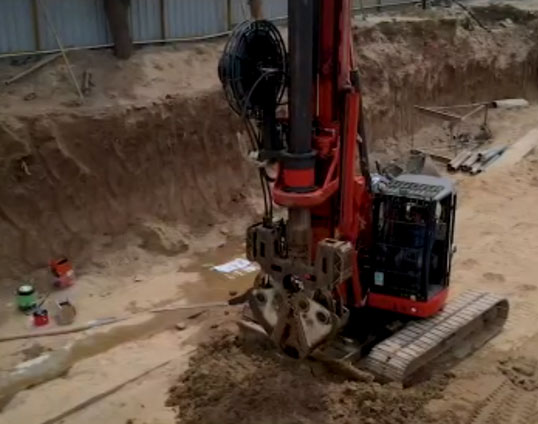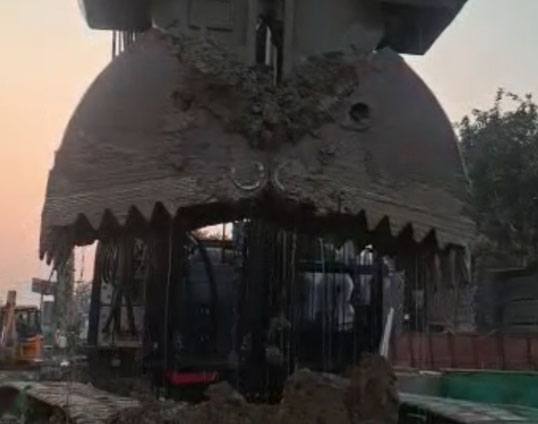
Before the foundation comes the right materials, hence most diaphragm wall construction companies pay high attention to the kind of concrete and slurry used in the construction process. With the right quality and quantity of materials, any construction can stand the test of time. One such vital material of the construction world is concrete, constituting refined and coarse aggregates mixed in a fixed quantity and water.
Though, selecting the right type of concrete is highly essential for any project as it can affect its strength, construction cost and time. This is why diaphragm wall contractors in India prefer using Ready-Mix Concrete (RMC) over Site-Mixed Concrete (SMC) for all deep basement underground construction.

Ready-Mixed Concrete as its name connotes is a tailor-made concrete, manufactured in a plant and delivered to the site in a ready-to-use state. Depending on the specification of the construction project, RMC can be delivered in the plastic state (similar to the concrete dough) in a barrel truck or in the dry state to be mixed on the site itself.
On the other hand, the concrete mix prepared on-site is known as Site-Mixed Concrete. There are various components involved in the preparation of SMC in specific ratios to obtain the desired strength and consistency. Hence it needs to be done under the eye of an expert.
RMC for Diaphragm Wall Construction

Talking specifically about diaphragm wall construction, RMC with cement, sand, 10MM and 20MM aggregate, ad mixer, and potable water works most efficiently. The minimum cement content should range around 330 to 400 kg per cubic meter. It is vital to note that for any high water table or underwater project like diaphragm wall construction for dams, the cement content increases by 10%.
The RMC’s retention time is around 2.5 to 3 hours and can be maintained by using admixtures. To reach optimum workability it is advisable to maintain the slump around 170-190m. The top diaphragm wall contractors in India, suggest that the minimum grading should be M25 and M15 for a diaphragm wall and guide wall respectively.



